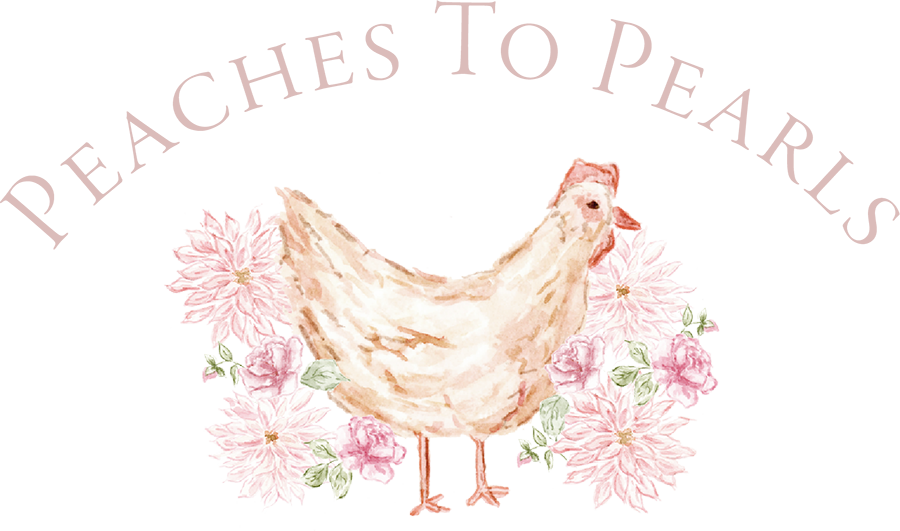Happy Friday my friends! And welcome to week 3 of our #eatpretty15 challenge! Hows the no sweets week going for you? This week has been a lot easier for me! I miss my little sweet treats after dinner but it hasn’t been terribly difficult. Are you ready for this weeks challenge?
For my Pink Barre girls- your challenge runs {January 24-31st} but for the rest of us this challenge kicks off Monday {January 26- February 2}. This weeks challenge again shouldn’t be too difficult- you must eat at least 2 cups of vegetables per day. You can definitely eat more but you are shooting for at least 2 cups per day. Not bad right?
According to the USDA women ages 19-50 should consume 2 1/2 cups of vegetables per day. Too see a full recommendation list click here. So what exactly counts as a vegetable for this weeks challenge? Any vegetable or 100% vegetable juice counts as a member of the Vegetable Group. Vegetables may be raw or cooked; fresh, frozen, canned, or dried/dehydrated; and may be whole, cut-up, or mashed. In general, 1 cup of raw or cooked vegetables or vegetable juice, or 2 cups of raw leafy greens can be considered as 1 cup from the Vegetable Group. The chart lists specific amounts that count as 1 cup of vegetables (in some cases equivalents for ½ cup are also shown) towards your recommended intake. Here are some nutrients found in vegetables taken directly from USDA My Plate website:
- Most vegetables are naturally low in fat and calories. None have cholesterol. (Sauces or seasonings may add fat, calories, or cholesterol.)
- Vegetables are important sources of many nutrients, including potassium, dietary fiber, folate (folic acid), vitamin A, and vitamin C.
- Diets rich in potassium may help to maintain healthy blood pressure. Vegetable sources of potassium include sweet potatoes, white potatoes, white beans, tomato products (paste, sauce, and juice), beet greens, soybeans, lima beans, spinach, lentils, and kidney beans.
- Dietary fiber from vegetables, as part of an overall healthy diet, helps reduce blood cholesterol levels and may lower risk of heart disease. Fiber is important for proper bowel function. It helps reduce constipation and diverticulosis. Fiber-containing foods such as vegetables help provide a feeling of fullness with fewer calories.
- Folate (folic acid) helps the body form red blood cells. Women of childbearing age who may become pregnant should consume adequate folate from foods, and in addition 400 mcg of synthetic folic acid from fortified foods or supplements. This reduces the risk of neural tube defects, spina bifida, and anencephaly during fetal development.
- Vitamin A keeps eyes and skin healthy and helps to protect against infections.
- Vitamin C helps heal cuts and wounds and keeps teeth and gums healthy. Vitamin C aids in iron absorption
Vegetables also have something called phytochemical power. Wait.. is this some kind of super power?! Not necessarily but they are super nutritious! Phytochemical’s are chemical compounds found primarily in plant- based foods that deliver major beauty and health benefits. Some of these phytochemical’s include:
- Carotenoids- to protect eye health- Apricots, beets, bell peppers, carrots, kale, sweet potatoes, tomatoes, winter squash, chard, spinach
- Flavonoids- to reduce inflammation and defend against aging- Fennel, onions, green beans
- Glucosinolates- to help balance hormones and block wrinkle formation- Broccoli, Brussels sprouts, cabbage
If you need some recipe inspiration head on over to my Pinterest for a few recipes I think will be amazing during this challenge! Also check out my Vegetable Stir Fry Recipe and my Green Minestrone Soup. Good luck my friends!
Xoxo,




2 and 1/2 cups sounds like but when they’re that pretty I guess it makes it easier! I had no idea we are supposed to be eating that many veggies! I’m heading over to Pinterest to check out your recipes. Thanks!